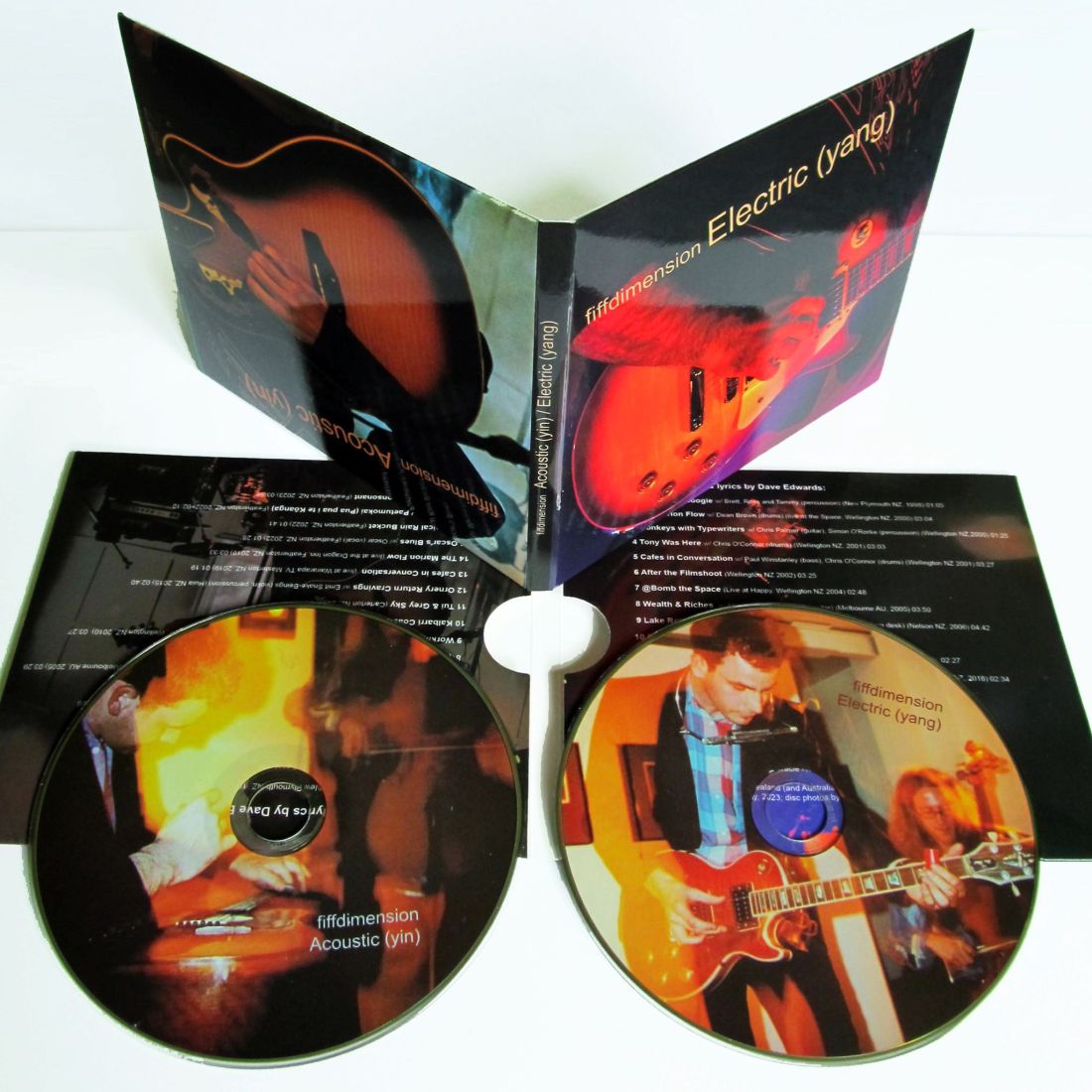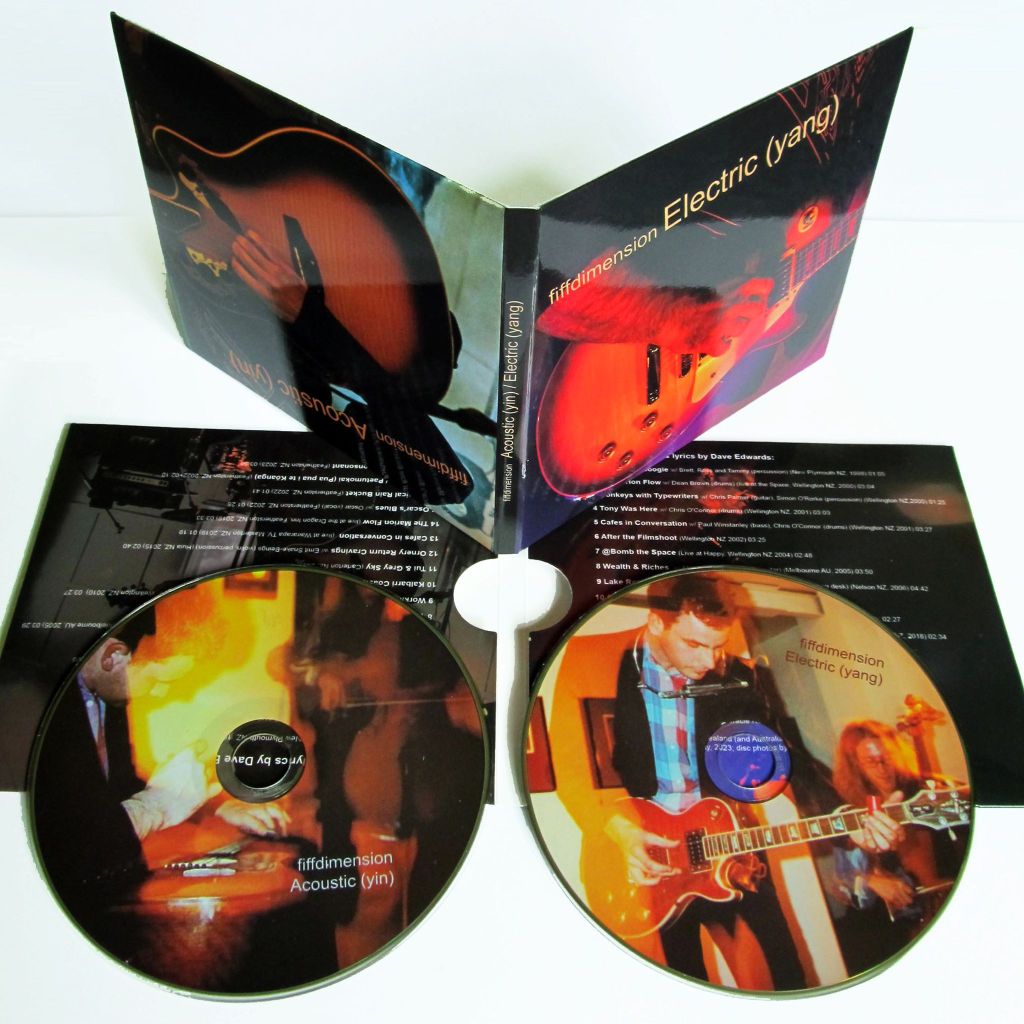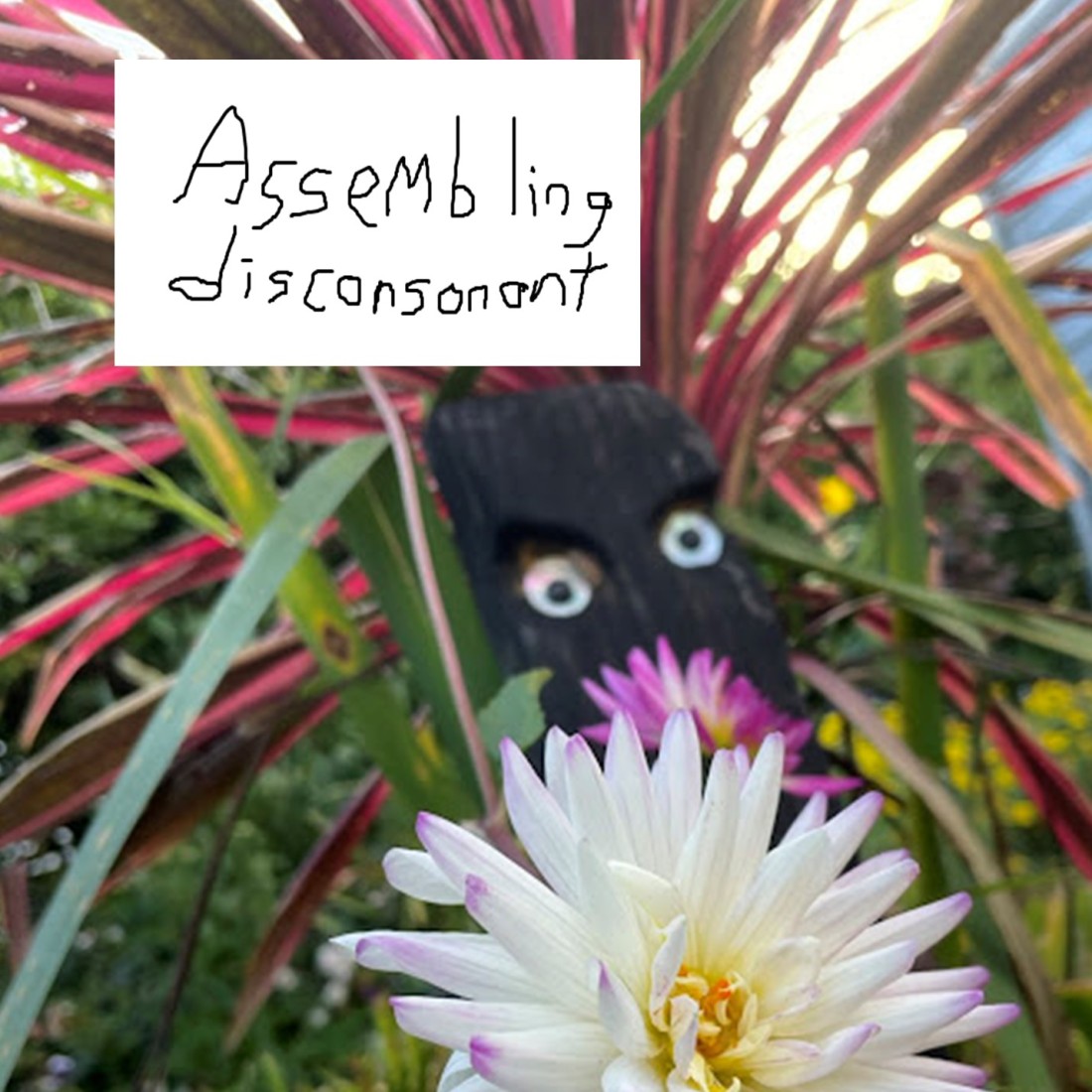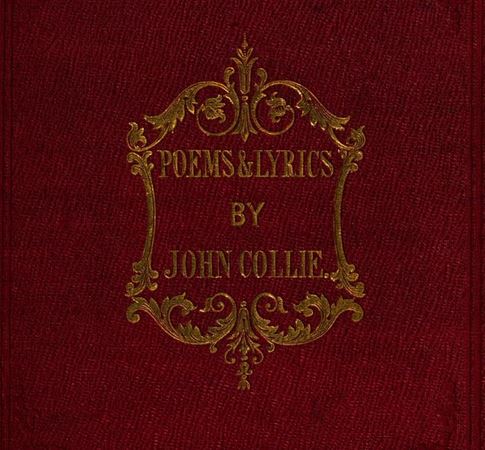December 2023 marked the 25th anniversary of fiffdimension!
– we celebrated with the double CD compilation:
Electric (yang) / Acoustic (yin)
– 2CD compilation 1998-2023
“Double disc collection of more than two decades’ worth of live and studio-recorded tunes by Dave Edwards, who you may have heard recently as part of The Troubled Times with Antony Milton. It’s quite a diverse listen!
You get some concise and catchy pop songs, some full-on rockers, banjo excursions, improv freak-out, poetry, acoustic blues, folk songs, scrambled noise… there’s something here for everybody. A good intro to Dave’s dauntingly deep discography.”
– Howard Stelzer, Noisy Bandcamp.
A collection of short tracks by Dave Edwards and collaborators.
Celebrating 25 years of fiffdimension!
2CD double album. 35 tracks spanning 25 years. Comes in gatefold card case with full colour photography by Jechtography and James Gilberd. Includes download of the digital album.
Produced by Antony Milton; and features Paul Winstanley, Chris O’Connor, Simon O’Rorke, Chris Palmer, Sam Prebble, Mike Kingston, Francesca Mountfort, Damian Stewart, Emit Snake-Beings, Nat da Hatt, Steve Duffels, and Oscar (the dog). The 2CD compilation focuses on Dave Edwards’ guitar and banjo compositions in New Zealand and Australia, their acoustic/electric duality, and boils down a quarter-century of restless creativity to two concise discs.
2023 was also notable for the return of live music to the Wairarapa.
Dave also collaborated with
The Troubled Times
Antony Milton – electric guitar Dave Edwards – bass David Heath – drums
| Another (****ing) Sunday | Elevate |
Limited Edition classy glassy mastered CD Compact Disc (CD) + Digital Album Only 100 copies of this. Pro manufactured glass mastered CD packaged in 4 panel card wallet. | A contrasting companion piece, with all but the last track recorded the same day; a thoroughly kinetic affair bursting with energy and ecstatic passion. |
| Live in Featherston | Son Sun Sum |
Our debut live gig, at Common Ground gallery in Featherston | For the third year in a row, we recorded on the first day of daylight savings – this time with a bigger bass amp. |
& in January they released on cassette or download :
Hill Road in Winter
“a loud and noisy nocturnal romp through the hills and onto the gravel back roads of one of Aotearoa/New Zealand’s least visited regions. All recorded ‘New Zealand style’ in [my] garage.”
Antony Milton
Assembling disconsonant
(Dave Edwards solo acoustic guitar, banjo, spoken word, May 2023)
“I liked the lyrics… the the way meaning gets assembled through shattered snap shots of a picture we may never see”
Dr Emit Snake-Beings
& a work in progress (more to come in 2024):
Poems & Lyrics by John Collie (1856)
An adaptation of the book, by 19th century Scottish poet John Collie (of Boyndie) – recorded by his descendants in New Zealand: Dave Edwards, nephews Hans and Rhys Landon-Lane, and guest appearances by The Troubled Times and Dr Emit Snake-Beings.
“T’were a noble sight to see the mighty men of old, who bled that their countries might be free from the tyrants’ fatal hold – yet I’d deem it a nobler sight by far to behold the sons of the harp & lyre!
“[…] If aught can claim a spirit’s admiration, Sure it must be this beautiful creation“
John Collie (1834-1893)






















